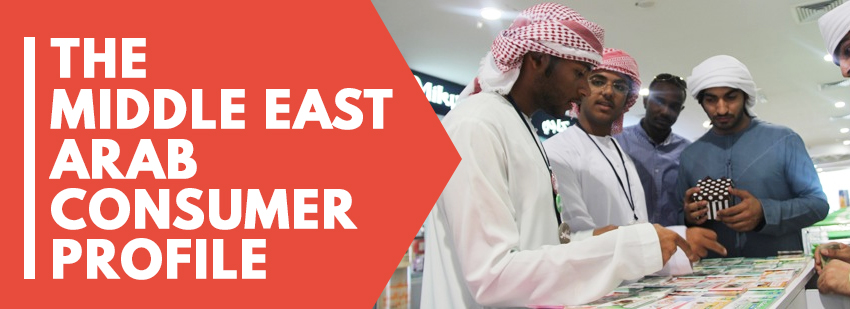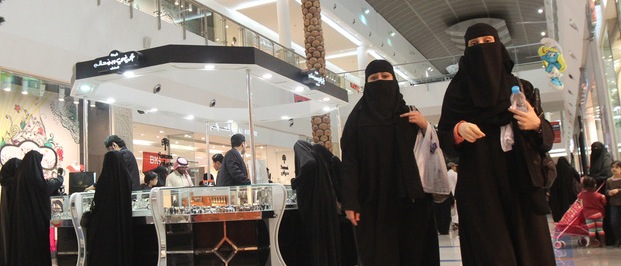The Arab consumer is unique and needs to be treated differently than consumers in other parts of the world. Below we will examine some of the consumer behavior, traits, characteristics and demographics of a Middle Eastern Arab consumer that set them apart from consumers in other parts of the world. It should be noted that many of these points are broad generalizations with the intent to help inform businesses looking to operate in the region on how they can better reach their target audience. Since these are broad generalizations about Arab consumers there will always be exceptions to these traits that defy the norm.
1. Arabs are very brand conscious. Many Arab countries have been bombarded with low-quality products from China and other countries over the past two decades and brands are a clear and simple way to affirm to consumers that a product is high quality. Additionally, as we will get into in more detail below, brands carry with them status in the Middle East. Though this may be true in other countries around the world Arabs assign status to brands in everything from cars to clothes to smartphones.
2. Buying is very social among Arabs. What does this mean? Arabs will oftentimes put less stock into the specific features of a product and focus instead on which of their friends recommend it or have had a good experience with it. For Brands, this can mean that though it is quite difficult to penetrate into this market once you are in, you can plan on having a loyal following for quite some time. Arabs will also often buy from a local store owner in their neighborhood even though they might be able to find a much lower price somewhere else. Social media networks are also extremely popular in the region and are also used to inform buying decisions.
3. Status symbols are important as mentioned above. Typically a brand or a particular status symbol product must be around and established within the Arab market before it becomes a status symbol. Many high-end products and brands that convey status in other countries may not be established enough in some Arabian markets to convey status.
4. Throw practical out the window. In many Middle Eastern countries, consumers make purchases based off factors that may not seem practical. In Lebanon for example you find many individuals who will only own one expensive piece of clothing as opposed to owning several more inexpensive outfits. This is probably is related to status again. Other examples include purchases of mobiles phone beyond their means every 6 months or so. The rich may gold plate a car just to show off. Again this is a general stereotype and doesn’t apply to all the people in society but should be considered.
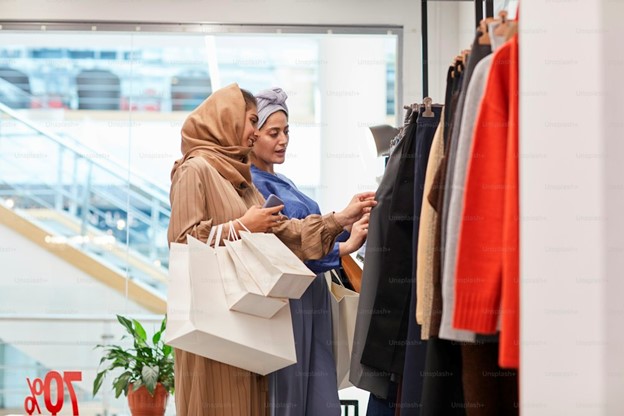
5. Arabs may need to touch before they buy. For many Arabs, they are used to buying things in person through someone they may know. As a large percentage of Arabs still haven’t bought anything online, they aren’t used to paying for products they haven’t seen. There are a few ways that brands can help ease the transition for these types of consumers. Customer support is key. Offer Cash on Delivery (COD). Recent statistics show that up to 80% of online shopping in the Middle East is paid for with Cash on Delivery.. Having an Arab speaker ready to take calls of customers new to online buying will provide the caller with a sense of security in buying the product. High-quality pictures and, if possible, videos of the product can help a customer better understand what they will be getting so there are no surprises when the product arrives. Have a return policy. Be willing to go the extra mile to support a customer with their first few purchases. People underestimate the power of brand loyalty in this culture; helping a customer with their first purchases can lead to a lifetime customer worth thousands in revenue.
Important Update in 2023 & Beyond
In 2020 and 2021 Arab consumer behavior started to change drastically as consumers were forced to buy more on online using credit cards. This has led to a huge increase in the number of Arab consumers who buy via debit cards, prepaid cards, and credit cards. We used to recommend companies offer Cash on Delivery, but now most companies selling online in the region can do very well without offering cash on delivery.
6. Merchandise returns are relatively new in the region. Many stores across the Middle East still do not provide the ability to return or exchange products. This means that often times customers will think several times before making a large purchase because they know they can’t go back on their decision. Online retailers should understand this point and respond accordingly. First, they should know that a customer’s buying cycle may be longer so they should do things to encourage customers to come back regularly. Second, online retailers in the region should offer returns and make a big deal about it on every purchase page. Retailers should understand that return rates in the Middle East will be higher than in other regions of the world.
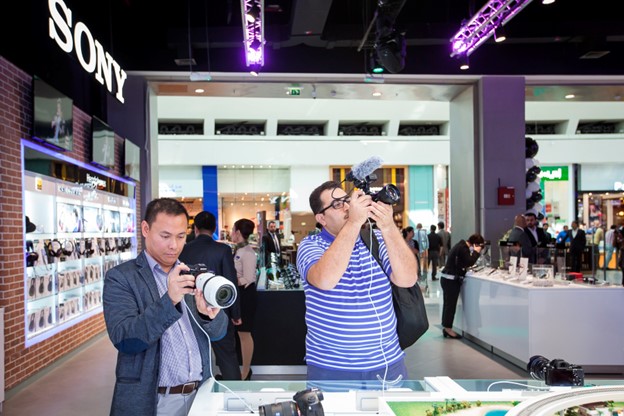
Sony store in Dubai mall allows customers to try out products
7. Arabs like to window shop and debate over buying something for a long time. Shopping is a national pastime in some countries. Don’t expect a direct response marketing model to work in many situations in the region. Marketing to these consumers should include all steps in the conversion funnel from introduction to follow-up to closing the sale to making them into a repeat-customer.
Because of this, malls are extremely popular choices for in-person shopping in the Middle East. The region has been seeing a boom in the development of large shopping malls, offering customers the chance to try on and try out new items before purchasing them, and exposing them to brands from all over the world that buy up the highly sought-after storefronts in these malls. The Dubai Mall is a classic example of this, offering over 1,200 stores and attracting over 50 million visitors per year. The Saudi Arabian Majid Al Futtaim conglomerate recently announced plans for the Mall of Saudi project, set to open in Riyadh in 2026 and feature over 1,600 stores – and even an indoor ski slope. With developments like these, in-person shopping is clearly here to stay in the region.
8. Fashion is immensely popular in the Middle East. In fact, an overabundance of online magazines, blogs, and forums follow the fashion industry closely. Arabs care about fashion. Whether this is just another status symbol, as mentioned above or has other motivations, it is here to stay. Fashion defies global norms in the countries in the Gulf where women buy expensive designer brand-name dresses even though men will never see them in public outside of their immediate family. Many luxury brand names in the fashion world have made strong inroads into Arab culture. In recent years, high-end international fashion brands have recognized their popularity with Arabs, with some brands even launching specific collections and campaigns targeted towards buyers in the Middle East. For example, Italian label Dolce & Gabbana launched an abaya collection, and Oscar de La Renta rolled out a Ramadan collection to be sold specifically in stores in the Middle East and online. Moving forward, we can expect to see more luxury brands following in these footsteps, as the demand for name-brand fashion especially in the Gulf Region continues to grow.
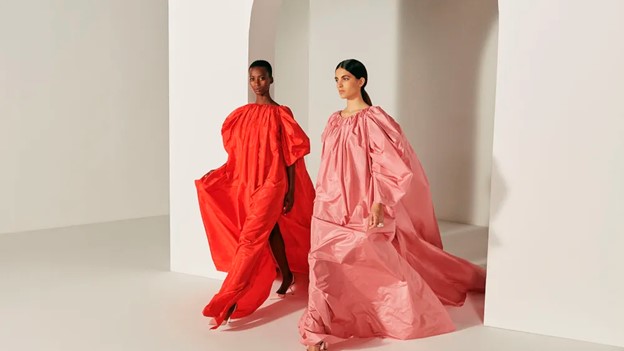
A glimpse at pieces from Oscar De La Renta’s Ramadan Collection
9. “Eat what pleases you but wear what pleases others.” This popular saying in the Middle East conveys that image is extremely important. Whereas in some cultures, it may be disrespectful or shameful to avoid eating food prepared for you it is more shameful to where what displeases other people in public. Arabs are image-conscious
10. Bargaining is an essential part of Middle Eastern culture. There is a strong sense of pride and dignity in being able to negotiate better prices. The mistake many companies make is assuming that Arabs are going to fight tooth and nail to get the best price. However, the important aspect of bargaining in this culture is more about the consumer feeling a sense of pride in getting a special deal or treatment. Sometimes a small discount or an extra incentive or gift can help the consumer walk away with a sense of pride in securing the optimal deal. Retailers may consider increasing their pricing slightly to take bargaining into account where it makes sense. Premium brands that avoid discounting should offer gifts or add-on items to make Arabs feel they got something extra.
11. An important aspect of Arab culture is shame and honor. Stemming from elements left over from the Arab tribal culture, how a family is perceived in society is important to be able to do business within the society. Bringing honor to a family gives the family more power, influence and opportunities in society. Bringing shame on a family can lead to a loss of all of the above-mentioned elements in society. So why should this matter when selling goods and services to Arabs? Avoiding shaming your customers and looking for opportunities to bring honor to your customers can have a positive impact on your business. Brands that engage on social media networks like Facebook in the region should make sure they avoid doing or saying anything that could bring shame to the customer. On the other hand doing things that bring honor to a customer like a “costumer of the month” award could help increase a business’s long-term success.
12. Another aspect of the Arab consumer that overlaps a little with shame and honor is religion. Religion is a very important part of most Middle Eastern countries. Many stores close down at prayer times and local merchants can be found playing verses of holy books in their stores. Common greetings and phrases include references to God as well. To do business successfully in the Middle East religion can’t be ignored. Businesses should consider whether they are doing everything possible to respect and honor more conservative individuals and families. What are some ways this can come across? Does your company offer options for conservative Muslims? Are your advertisements friendly to conservative areas of society? Do you offer special discounts during religious holidays like Ramadan? All these can be ways a company can honor and respect the local religion and customs.
13. Arabic. Don’t forget about language. Arabs tend to buy from companies that speak their language. Initially, mobile phone companies like Nokia and Blackberry developed strong, loyal consumer bases in the region by providing superior Arabic language support before Apple and Android. To this day, many aspects of using Arabic on a Mac computer aren’t ideal, and Apple has missed out on market share in the MENA region because of it. Companies wanting to take advantage of new opportunities and industries with limited competition in the region should consider language a top priority for winning new customers. One way to really appeal to Arab customers is through dialect: while all Arabs understand Modern Standard Arabic, each country is home to its own dialect (or dialects), and using a dialect in marketing campaigns can drive up the appeal your product. Especially if you are targeting your campaign to a specific country, including dialect in promotional text will show your target customers that you are informed and respectful of their culture and language.
14. Age is an important consideration as well. In the Gulf countries, 54% of the population is under 25 years old. In many countries, this stems from large family sizes. In Oman, for example, the average age is 24 years old. The highest average age in the Gulf region is in Qatar, with an average of 31 years, which is still comparatively low compared to many other regions. Youth shouldn’t be ignored but it is also important to consider older members of society because they typically have the purchasing power in the family. In light of this, new and trendy brands can have an advantage by appealing to the younger Arab demographic.
Looking forward: What can we expect from Arab consumers as we move into 2024? A recent survey on current spending and saving in the Middle East highlights how consumers in some of the regions’s biggest countries like Turkey and Egypt are shopping: the top trends reported are a tendency to favor stores (online and brick-and-mortar) that offer loyalty programs like points, stores that offer value/low-cost options, as well as buying in bulk rather than in small quantities. These changes in spending behavior are not universal in the Middle East, but are important to keep in mind especially when targeting specific demographics in specific countries.
Incorporating your understanding of the above traits and aspects of an Arab consumer is important to the success of any organization looking to do business in the MENA region. Again, as mentioned above, many of these traits are broad generalizations and not all members of society reflect these traits.
Are you looking to attract more Arab customers or increase your sales among Arabs? Contact us to find out how we can help.
Jordan Boshers
Jordan Boshers is the Chief Digital Strategist at IstiZada, a digital agency that helps companies market to Arabs. He has 12+ years of experience running successful digital marketing campaigns in the Arab world. His insights into Arabic SEO helped him grow previously unknown websites to dominate Arabic niches on Google including growing one site from 0 to more than 2.5 million users monthly. Jordan has consulted for hundreds of companies including helping corporations like Amazon, Berlitz, and Exxon Mobil with their Arabic digital marketing. Learn more here or on LinkedIn.
View all posts by Jordan Boshers